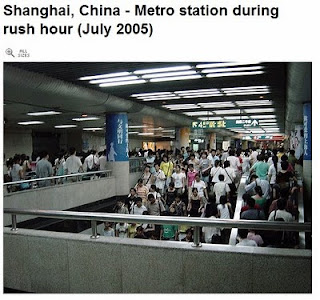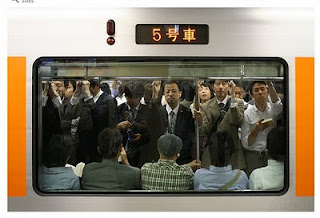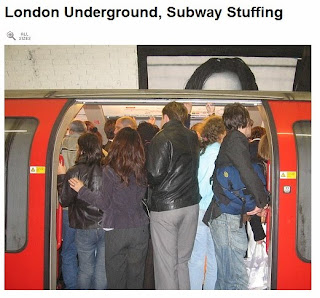These days the UPA Government is on a social spending spree. All measures targeting the poor and the lower middle class are being taken. In fact, it is good and is the need of the hour. On one hand, the PM spends most of his time in framing policies that is helping the economy while some of the party leaders are working towards fulfilling social agenda.
Some shocking statistics (click here for the source):
Private schools in India: 7%
Govt Schools in India: : 93%
No. of children in the age group of 6-14 years: 200 million (22 Crore)
Urban Population in private schools: 50% of the total urban population.
Total No of children in private schools: 30% of 220 million = 66 million (6.6 Crore).
Total No of children who have never reached schools: 10 million (1 Crore)
Total No of children who have reached, but drop out rate is very high = 144 million (14.4 Crore)
Kapil Sibal is one of those leaders surely working at a very rapid pace in revitalizing the sleepy Education Sector. My earlier article Right To Education: The Right Path to implement covered the big legislation of Right to Education which ultimately became a law on April 1, 2010. This is not a small legislation, it is a mammoth legislation whose aim is to ensure that all children in the age group of 6-14 years receive compulsory primary education and no way private or public schools must reject children just because they don't have money to pay donations/fees etc. This is perhaps the greatest revolutionary law that is going to lay the foundation of a strong and literate India. Here's the very dynamic minister giving one of his best interviews:
However, in a corruption ridden society like ours, this is a very gigantic challenge. The image below briefly explains why this Legislation is challenged in court by some private schools.
If you notice one of the major clauses of the legislation is that private schools must admit 25% of students belonging to economically backward classes FREE of COST and all the expenses will be reimbursed by both State and Central Govts (right now the discussion is 35:65 or 30:70 in the order of State and Center). Let's get this. This year every school say must admit 25% in Class 1 and not all classes. So, in a span of 8 years, the schools would have brought at least a million people to Std.8th which in itself would be an achievement. This is what Kapil Sibal answered - "What is the problem over 25 per cent? They have to admit 25 per cent in class 1 and when class 1 student moves to class 2, and then they don't have to do it in 2010. They have to do it in 2011. When he/she moves to class 2, there will be another induction into the class 1. In twelve years time it will be 25 per cent."
Secondly, there is this concept of neighborhood schools wherein a child must join his/her neighborhood school which will come up (again with the assistance of both the Center and the State). These neighborhood schools will have to come up in areas proportionate to the population in that area and if a neighborhood school doesn't admit the child, the school will be fined by the Central Govt. Interestingly, if a child doesn't like the neighborhood school he can't go into another neighborhood school. And so, the law doesn't answer this fundamental question what if the neighborhood school has no capacity to take in more students. Also, why can't parents decide if they want to send their child to send to this neighborhood school and not that?
Thirdly, the process of selecting which child is to be admitted is going to be based on lottery and no interviews/mock tests are to be conducted. Good, this step is fairly transparent unless lottery itself is manipulated.
Fourthly, teachers will be recruited on a mass scale in the next 6 months. So, there is a bonanza for people who want to teach. 12 lakh teachers are to be recruited and 6000 schools have to be set up.
Fifthly, the accountability of these schools functioning properly is to be undertaken by a committee which needs to be formed by the inclusion of parents (75% would be parents of children in schools), teachers and the school management and any issues must be dealt with National Council For Protection of Child Rights - a body set up in 2007 and is yet young.
Sixthly, what is defined as "quality" education is not defined.
If you look at the mammoth challenges, the first that comes to mind is the definition of "neighborhood" which is not yet clearly defined. Second, who is going to build these schools? Why can't we rope in private sector to do the same and in return give tax breaks. Thirdly, how do we ensure that the aim is realized with appropriate legislations in place?
Definitely, these are profound challenges that need to be met and the law is a good beginning in this direction.





























